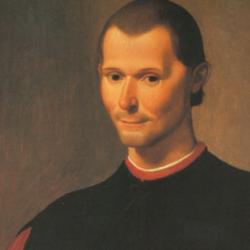Jock Young (Vertigo of Late Modernity) discerns two sorts of “othering” in contemporary life: “the first is a conservative demonisation which projects negative attributes on the other and thereby grants positive attributes to oneself The second, very common yet rarely recognised, is a liberal othering where the other is seen to lack our qualities and virtues. Such a lacking is not seen, as in the conservative version, as an essential and qualitative difference so much as a deficit which is caused by a deprivation of material or cultural circumstances or capital. They would be just like us if these circumstances improved” (5).
Liberal othering is an othering of “the poor,” who are seen as a homogenous group, different from the mainstream world. The poor are not different from “us” because of moral flaws but because of circumstances beyond their control. If they were given a chance to be in our circumstances they would naturally be like us: “Their deviance is seen as a product of this deficit that can be remedied through education and the opportunity of work so as to make up the shortfall of the deficit. Our response to them is therefore not that of demonisation but of actuarial avoidance and judicious help. They are not connected to us either materially or symbolically, rather they are a residuum, separate from us spatially, socially and morally. There are therefore two moments in othering: diminishing (they are less than us) and distancing (we have no direct social relationship with them)” (6).
Young’s point isn’t simply to indicate that liberals are as “othering” as conservatives, but to suggest that this process of othering is an essential feature of contemporary public life: “in both modes the deviant does not threaten order, rather the deviant – whether internal or external to our society – helps to shore up order. Othering, then, is a key process which maintains order. I wish to argue that this late modern binary, in either of these modes, permeates public thinking and official discourse about deviants in our midst and extends to images of other cultures} countries, nationalities and religions and, with it, notions of immigration and population movement. Further, that such a binary is pivotal in much social scientific thinking, not only in the conceptualisation of the other and the deviant, but in the production of knowledge itself” (6).















